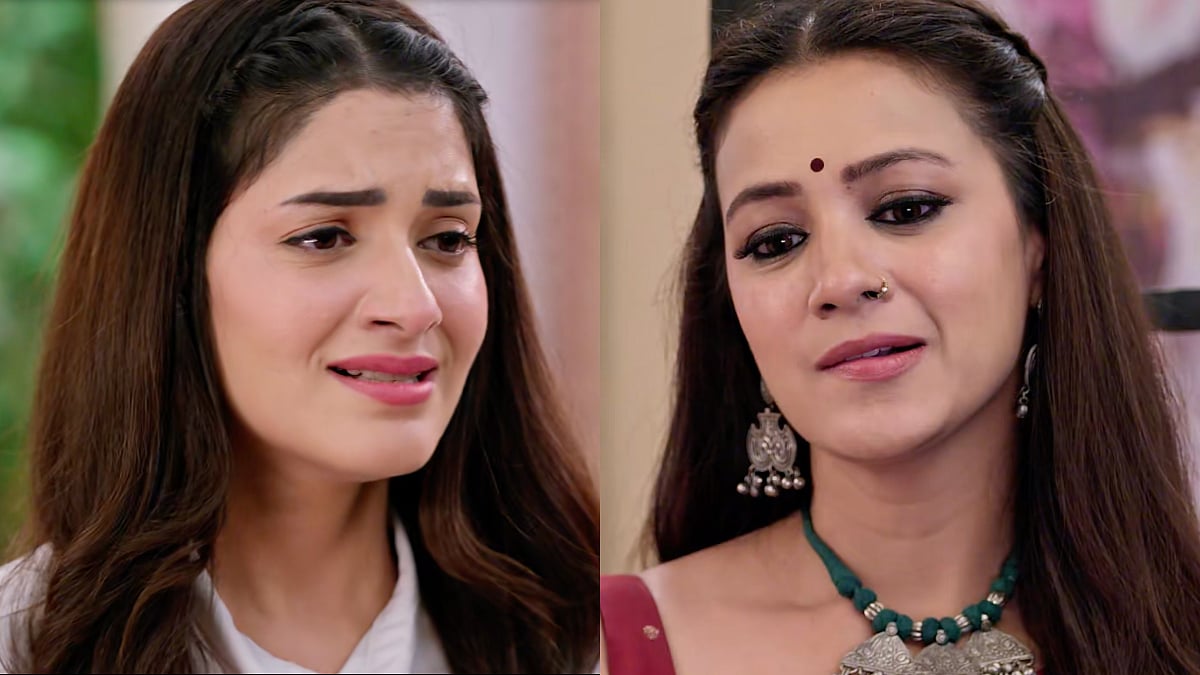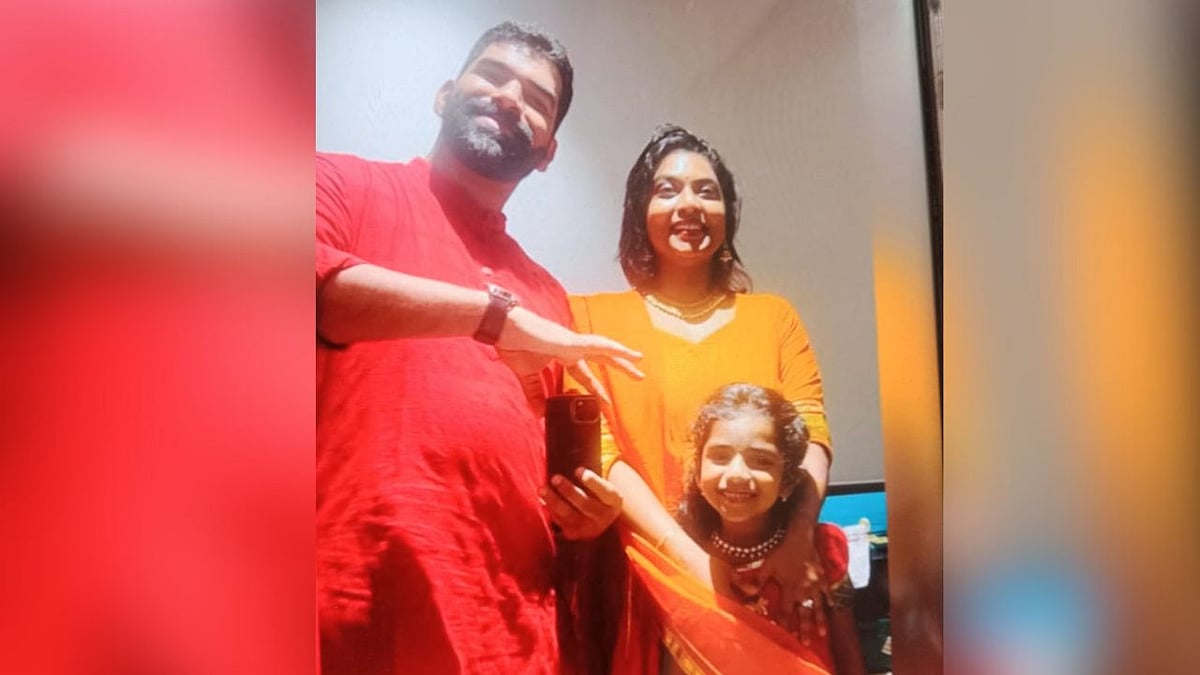His encyclopaedic knowledge and his lively presentation of subjects, as dry as astronomy, made him a celebrated figure, writes MEERA S. SASHITAL.
Even thousands of years before, India had become famous and reached its pinnacle in astrological and astronomical sciences. Ancient Astrological works had been translated into many foreign languages. Ibn Batuta and Al Baruni were two prominent Arab travellers who had visited ancient India specially to pursue Astrology. By their translations they had induced German scholars to come to India to study Astrology and Vedic literature. Varahamihira was one of the only renowned Indian Astronomer, Mathematician and Astrologer whose name became a household word throughout India and it is said his near contemporaries Aryabhata and Brahmagupta even did not match with the popularity of Varahamihira.
Varahamihira was born in 499 A.D. into a family of Brahmins settled at Kapittha, a village near Ujjain. His father, Adityadasa was a worshipper of the Sun god and it was he who taught Varahamihira astrology. On a visit to Kusumapura (Patna) young Varahamihira met the great astronomer and mathematician, Aryabhata. The meeting inspired him so much the he decided to take up astrology and astronomy as a lifetime pursuit. At that time, Ujjain was the centre of learning, where many schools of arts, science and culture were flourishing in the prosperity of the Gupta reign. Varahamihira, therefore, shifted to this city, where scholars from distant lands were gathering. In due course, his astrological skills came to the notice of Vikramaditya Chandragupta ii, who made him one of the Nine Gems of his court.
It is interesting to note as to how Varaha-mihira got the title ‘Varaha’. King Vikramaditya was aghast at the royal astrologer Mihira’s prediction. He looked round the well-lit and crowded court and asked in anguish “Can it be true?” There was no reply. There was pin-drop silence as all were shocked beyond words at the royal astrologer’s prediction. Breaking the silence and with full of grief himself, the royal astrologer confirmed the prediction, “The position of the planets predicts the death of the prince at the age of18.” Though the King controlled his emotions, the

Old paper texture with some stains on it |
Queen could not contain herself and wailed “My lord, you should see to it that this prediction proves false.”
Though the King had full faith in his astrologer Mihira, he took every precaution to protect and save his son. But on the predicted day, a boar killed the prince. When the news reached the King, he summoned Mihira to his court and told him “I am defeated, you have won, you have won.” The astrologer was as sad as the king, and he replied “My Lord. I have not won. It is the science of astronomy and astrology that has won!” “Whatever it may be, my respected astrologer,” said the King. “It has convinced me that your science is nothing but truth. And for your mastery of the subject, I now confer upon you the Magadha kingdom’s greatest award, the emblem of the varaha (boar).” So from that time Mihira came to be known as Varahamihira.
Varahamihira was learned in the Vedas, but he was not a blind believer in the supernatural. He was a scientist. Like Aryabhata before him, he declared that the earth was spherical. In the history of science he was the first to claim that some “force” might be keeping bodies stuck to the round earth. The force is now called gravity.
Scholars are of the view that Varahamihira had constructed “Meru Stambh”, what is presently famous as Qutub Minar, 2200 years ago, for doing research on astronomy. It was a seven storied structure constructed in the middle of a lake. These seven stories symbolized seven planets and the structure also had 27 windows symbolizing twenty-seven constellations. Black stone has been used in the construction of Meru Stambh so that there was darkness inside. The main entrance faces North and is slanted slightly backward towards South at an angle of five degrees. Its foundation is 26 yards deep and its actual height was 84 yards but which now has been reduced to 76 yards. Britishers had demolished the topmost storey to prevent the structure from falling as the slant was more prominent at the top and it caused threat to the structure.
Varahamihira’s main work is the book Pancha Siddhantika (“Treatise on the five Astronomical Canons gives us information about older Indian texts which are now lost). The work it seems is a treatise on mathematical astronomy and it summarises five earlier astronomical treatises, namely, the Surya Siddhanta, Romaka Siddhanta, Paulisa Siddhanta, Vasishtha Siddhanta and Paitama Siddhanta. Panch Siddhanta holds a prominent place in the realms of astronomy. He proposed that the Moon and planets are lustrous not because of their own light but due to sunlight. It is acclaimed that Pancha Siddhantika of Varahamihira is one of the most important sources for the history of Hindu Astronomy from before the time of Aryabhata.
Another important contribution of Varahamihira is the encyclopaedic Brihat-Samhita. It covers wide ranging subjects of human interest, including astrology, planetary movements, eclipses, rainfall, rainfall, clouds even domestic relations, gems, pearls and rituals. The volume expounds on gemstone evaluation criterion found in the Garuda Purana, and elaborates on the sacred Nine Pearls from the same text. It contains 106 chapters and is known as the “great compilation”.
Being an Astrologer he wrote on all the three main branches of Jyotisha astrology. It covered Brihat Jataka which is considered as one of the five main treatises on Hindu astrology on Horoscopy; Laghu Jataka, Samasa Samhita, Brihat Yogayatra, Yoga yatra, Tikkani Yatra, Lagu Vivaha Patai,Daiiivajna Vallabha (apocryphal). His son Prithuyasas also contributed in the Hindu Astrology; his book Hora Sara is famous book on Horoscopy.
Varahamihira’s mathematical work included the discovery of the trigonometric formulas. He improved the accuracy of the sine tables of Aryabhata l. He defined the algebraic properties of zero as well as of negative numbers. Furthermore, He was among the first mathematicians to discover a version of what is now known as the Pascal’s triangle. He used it to calculate the binomial coefficients.
Varahamihira made some significant observations in the field of ecology, hydrology and geology too. His claim that plants and termites serve as indicators of underground water is now receiving attention in the scientific world. He was also a prolific writer. His mastery of Sanskrit grammar and poetic metre enabled him to express himself in a unique style. His encyclopaedic knowledge and his lively presentation of subjects, as dry as astronomy, made him a celebrated figure. His treatise such as Pancha Siddhantika (Five Principles), Brihatsamhita (Master Collection), Brahjataka (Astrological work) have put him on as high a pedestal in Astrology as Kautilya’s in Political philosophy, Manu’s in Law or Panini’s in Grammar.
It is learnt, Varahamihira humbly said about his own treatises: “The science of Astrology is a vast ocean and is not easy for everyone to cross it. My treatises provide a safe boat.” Truly, even now they are acknowledged as masterpieces.










